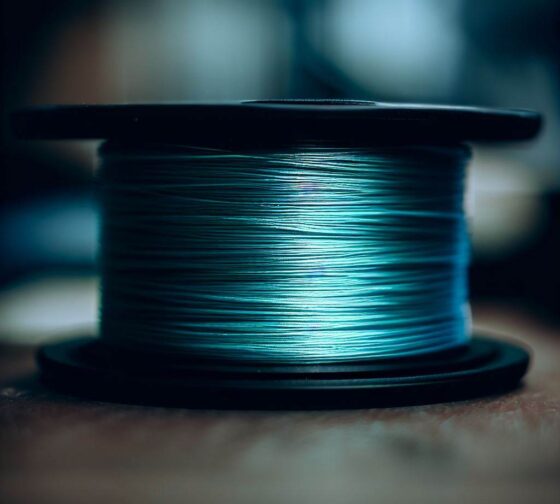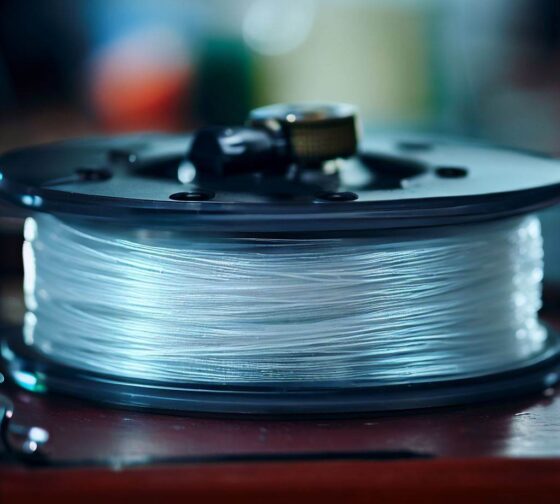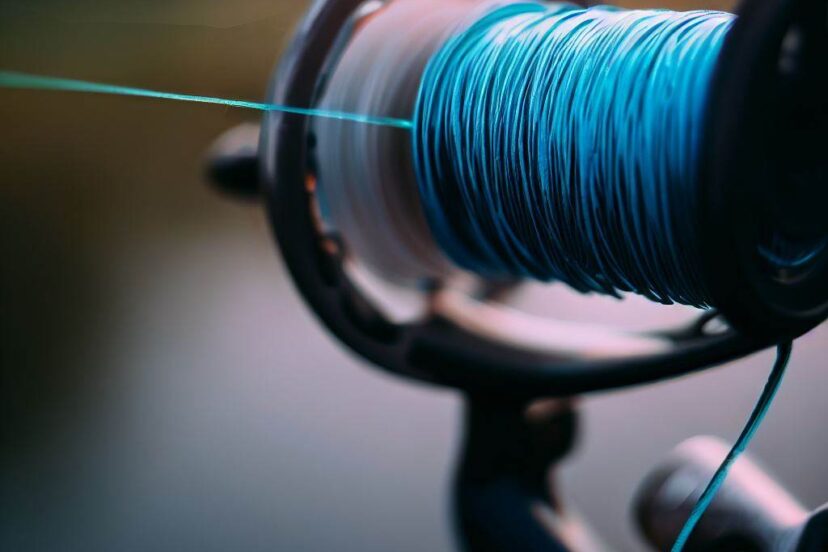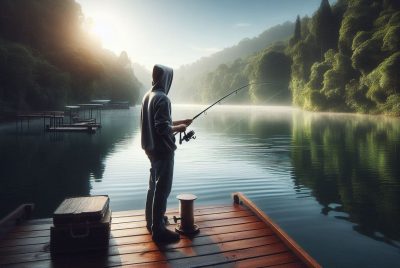Fishing Wire Essentials: Choosing the Right Line
*We may earn a commission for purchases made using our links. Please see our disclosure to learn more.
Fishing Wire: Your Essential Guide to Success on the Water
Whether you’re an avid angler or just starting, the type of fishing wire you choose can significantly impact your fishing experience. Fishing is not just a hobby; it’s a passion that connects us to nature’s mysteries and offers moments of pure joy and challenge. As an enthusiast and advisor around fishing, I’m here to provide you with helpful suggestions and reasons for your selections.
Introduction to Fishing Wire
Fishing wire, also known as fishing line, is the unsung hero of your fishing gear. It’s the invisible link between you and your catch. Choosing the right fishing wire is crucial for a successful and enjoyable fishing trip. Let’s dive into the world of fishing wire and explore the types, selection criteria, and essential tips for making the most of it.
Types of Fishing Wire:
Monofilament Fishing Line
Monofilament fishing lines are popular among anglers for their versatility. They are made from a single strand of synthetic material and are known for their stretchability. This stretch can absorb the shock of a fish’s sudden movements, making it an excellent choice for beginners.
Braided Fishing Line
Braided fishing lines, as the name suggests, are made by weaving several strands of material together. They have minimal stretch, which provides high sensitivity, making it easier to detect subtle bites. Braided lines excel in heavy cover situations.
Fluorocarbon Fishing Line
Fluorocarbon fishing lines are virtually invisible underwater due to their refractive index similar to water. They have low stretch and excellent abrasion resistance, making them ideal for finesse techniques and clear water fishing.
Selecting the Right Fishing Wire
Choosing the right fishing wire involves considering several factors.
Consideration of Fishing Conditions
Understanding the water conditions you’ll be fishing in is crucial. Different lines perform better in various environments, such as freshwater, saltwater, or inshore versus offshore.
Fish Species You’re Targeting
The type of fish you’re pursuing matters. Larger species require stronger lines, while smaller fish can be caught with lighter lines.
Line Strength and Diameter
Select a line that matches the reel’s line capacity and the rod’s power. The line’s strength should be appropriate for your target fish.
Monofilament Fishing Wire
Advantages
- Easy to handle and knot.
- Budget-friendly.
- Good for beginners due to its forgiving stretch.
Disadvantages
- Prone to line memory.
- Susceptible to UV damage.
Best Use Cases
- General-purpose fishing.
- Top-water lures and techniques.
- When a more forgiving line is needed.
Braided Fishing Wire
Advantages
- High strength-to-diameter ratio.
- Sensitivity for detecting bites.
- Ideal for heavy cover and offshore fishing.
Disadvantages
- Lack of stretch can lead to hook pulls.
- May require a leader for visibility.
Best Use Cases
- Pitching and flipping.
- Deep-sea fishing.
- Fishing in dense vegetation.
Fluorocarbon Fishing Wire
Advantages
- Virtually invisible underwater.
- Low stretch for better hook sets.
- Resistant to abrasion and UV damage.
Disadvantages
- Can be stiffer and less manageable.
- Pricier than other lines.
Best Use Cases
- Clear water finesse fishing.
- Spinning reel applications.
- When stealth is essential.
Maintenance and Care of Your Fishing Wire

To ensure your fishing line performs optimally, regularly check for damage and clean it after each use. Damaged lines can lead to lost fish and frustrating experiences.
Checking for Damage
Inspect your line for nicks, abrasions, or weak spots. Replace it if you find any signs of wear and tear.
Cleaning Your Fishing Line
After each fishing trip, rinse your line with freshwater to remove salt and debris. Dry it thoroughly before storing it.
Knots and Knot Tying Techniques for Fishing Wire
Proper knot tying is essential to prevent break-offs. Selecting the right knot and mastering its tying technique is crucial.
Selecting the Right Knot
Choose knots like the Palomar, Improved Clinch, or Uni Knot based on your fishing style and preferences.
Step-by-Step Knot Tying
Learn the step-by-step process of tying your chosen knot to ensure it’s secure and reliable.
Casting Techniques Using Fishing Wire
Casting is an art in itself, and the right technique can make a world of difference in your fishing success.
Overhead Cast
The classic overhead cast is suitable for most situations and is a fundamental skill for any angler.
Sidearm Cast
The sidearm cast is useful when fishing in tight spots or under low-hanging branches.
Roll Cast
The roll cast is effective when you need to place your bait or lure gently on the water’s surface.
Tips for Beginners
If you’re new to fishing, here are some valuable tips to get you started on the right foot.
Choosing the Right Line for Beginners
Opt-in for monofilament line initially for its forgiving nature and ease of use.
Practicing Knot Tying
Spend time practicing knot tying to build confidence and ensure your knots are secure.
Environmental Considerations for Fishing Wire

As responsible anglers, we must consider the environment when choosing and using fishing line.
Eco-Friendly Fishing Line Options
Explore eco-friendly fishing line options made from biodegradable materials to minimize environmental impact.
Proper Line Disposal
Dispose of old or damaged fishing line properly by recycling it to prevent harm to wildlife.
My Top 5 Fishing Wire On The Market
- PowerPro Spectra Fiber Braided Fishing Line: This high-quality braided fishing line offers excellent strength and sensitivity, making it suitable for various fishing conditions, especially in heavy cover situations.
- Berkley Trilene XL Monofilament Fishing Line: For those who prefer monofilament, this line is known for its reliability and versatility, making it a great choice for general-purpose fishing.
- Seaguar InvizX Fluorocarbon Fishing Line: This premium fluorocarbon line is virtually invisible underwater, making it ideal for finesse techniques and situations where fish are easily spooked.
- KastKing Line Spooler/Winder Machine: A handy tool for maintaining and respooling your fishing lines, ensuring they remain in optimal condition.
- Eco-Friendly Biodegradable Fishing Line: Consider eco-friendly fishing lines made from biodegradable materials, such as those from brands like BioLine, to minimize the environmental impact of discarded fishing line.
Conclusion
Fishing wire is more than just a connection between you and your catch; it’s a critical component of your fishing success. By selecting the right type of fishing wire, understanding its advantages and disadvantages, and mastering essential skills like knot tying and casting, you can enhance your fishing experience. Remember to also consider the environment and practice responsible fishing to ensure our waters remain pristine for future generations.
FAQs for Fishing Wire
1. Is braided fishing line suitable for all types of fishing?
- Braided fishing line excels in many situations but may require a leader in clear water or when targeting certain species.
2. What is the best way to store fishing line when not in use?
- Store your fishing line in a cool, dark place away from direct sunlight and extreme temperatures to prolong its lifespan.
3. Are there any eco-friendly alternatives to traditional fishing lines?
- Yes, there are biodegradable fishing line options available that are more environmentally friendly.
4. How often should I replace my fishing line?
- It’s advisable to replace your fishing line at least once a year or when you notice signs of wear and tear.
5. Can I use fluorocarbon fishing line for top-water lures?
- While fluorocarbon can be used for top-water fishing, monofilament lines are often preferred due to their buoyancy and stretch.




